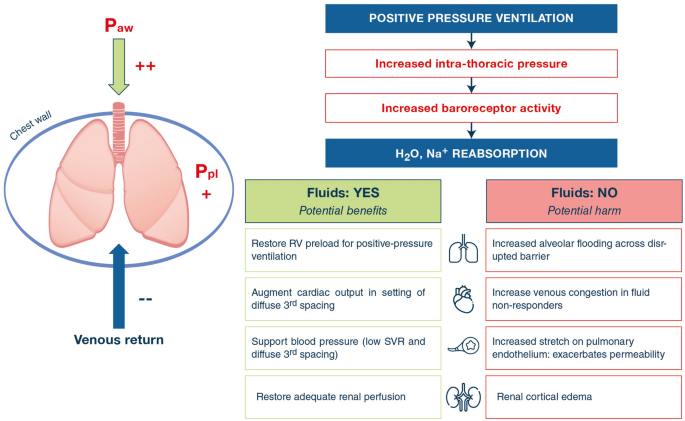
What causes the fluid in lungs? This is one of those questions that has puzzled doctors for ages. We know that fluid in lungs does exist, but the precise nature of the fluid is not well understood. The most common type of fluid is carbon dioxide, which is expelled in exhaling through the lungs. But there are many other types of fluids that can exist in the lungs.
A type of fluid in lungs known as pulmonary arteriovenous coagulation (PVC) occurs when blood is forced to flow in an unusual direction from a vein. This results in blood pooling in the lung. When it occurs in the lungs, the fluid is called pulmonary arteriovenous coagulation.
This type of liquid can be very dangerous in some circumstances. The lungs can become damaged by the pooling of blood in the lungs.
Other types of fluids that are secreted by the lungs include: mucus, mucous, waste, phlegm, sweat, bile and sometimes blood. These fluids can be present when they are not harmful and can even be helpful to the body.
When the organs are functioning properly, the fluid level in the lungs is quite low and almost undetectable. However, if these fluids are not cleared from the body, they can cause lung problems. These fluids can also cause allergic reactions or irritation of the mucous membranes and mucous membranes of the lungs.
Fluid in the lungs can cause several complications. These complications can include wheezing, shortness of breath, coughing, chest pain, heart failure, and chest discomfort. Many of these complications are caused by too much fluid in the lungs, a complication that can be dangerous if left untreated.
Fluid in the lungs can be treated with antibiotics, antihistamines, and bronchodilators. Antibiotics can help eliminate bacteria that cause fluid to build up in the lungs.

Bronchodilators are used to treat cases of chronic obstructive pulmonary disease, especially those that occur in people with breathing difficulties, such as asthma and COPD. chronic obstructive pulmonary disease. This form of respiratory illness requires a constant supply of air, which is why air purifiers are used. to force air through the lungs, increasing the amount of air you breathe in or out.
Antihistamines are used to treat asthma and reduce the symptoms associated with it. They can be used for people who suffer from symptoms associated with bronchitis and COPD, including wheezing, shortness of breath, and chest pain. You can find out how to treat various lung diseases on the website Handal Dok.
When the lungs don't produce enough fluid, they can also cause infection
Bacteria, viral particles, and fungi can build up in the lung tissue and cause serious health problems. A chest X-ray is used to find this type of problem and remove fluid.
If the lungs have enough fluid, they can help prevent inflammation and help protect the body from bacteria and other substances that could cause infection. In order to remove fluid from the lungs, an endoscopic procedure known as bronchoscopy can be performed. This procedure involves the insertion of a flexible tube called anoscope into the lungs to allow fluid to drain away.
Another option is to have a procedure called a pleural effusion, in which fluid is drained from the lungs and then replaced. to replace the fluid. There are several other types of fluid removal procedures, and there are many different methods used in conjunction with each other.
Fluid in the lungs is one of the biggest causes of lung complications. If fluid in the lungs is not treated, it can damage the structures of the lungs, making it difficult to breathe and damaging tissue around the lungs. For this reason, fluid is the leading cause of death among infants younger than one year old. Fluid in the lungs can cause complications that can be deadly.